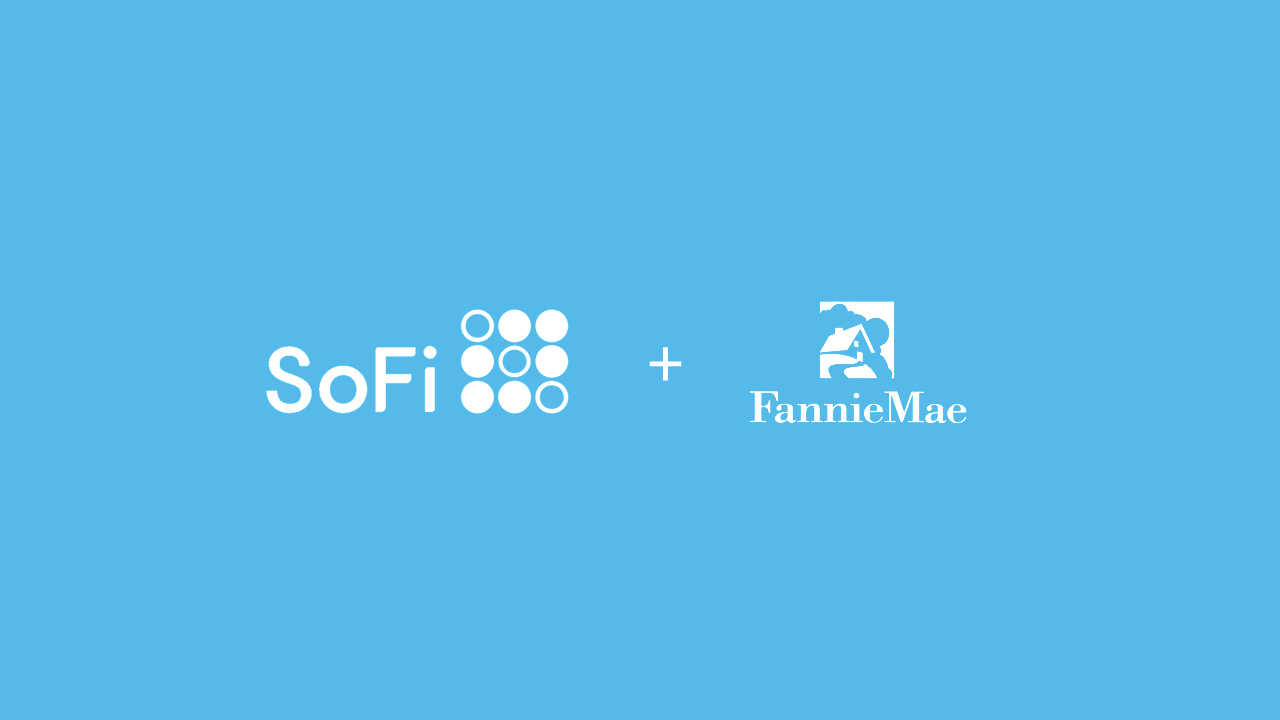The Customer Effect
SoFi, Fannie Mae, and the fintech partnership economy
- Fintech lenders are trying to distance themselves from traditional lenders.
- But the partnership economy is doing good things for both types of lenders and their customers.








